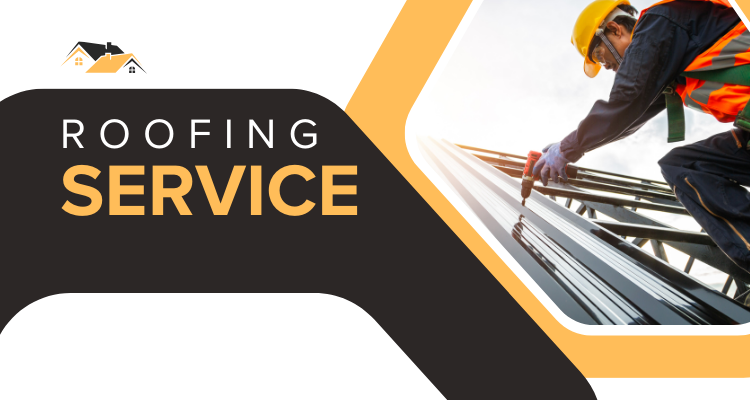- 1-905-452-8193
- Contact Us
- Member Login
- Get Listed Today
- 220,911 members

Commercial flat roofing is a crucial component of modern architecture, playing a vital role in protecting commercial buildings from the elements and enhancing their aesthetic appeal. As technology continues to advance, the future of commercial flat roofing is poised to undergo significant transformations. This article delves into the emerging technologies, innovative materials, and evolving trends that are shaping the future of commercial flat roofing.
Flat roofs have been used for centuries, dating back to ancient Mesopotamia and Egypt. Traditionally, they were constructed using materials like mud, straw, and clay. Over time, the introduction of bitumen and asphalt revolutionized flat roofing, making it more durable and weather-resistant.
The 20th century saw the introduction of synthetic materials like PVC, TPO, and EPDM, which offered enhanced performance and longevity. These materials became staples in the commercial flat roofing industry, providing better insulation, resistance to UV radiation, and ease of installation.
Today, the most commonly used materials for commercial flat roofing include:
EPDM (Ethylene Propylene Diene Monomer): Known for its durability and weather resistance.
TPO (Thermoplastic Olefin): Popular for its energy efficiency and UV resistance.
PVC (Polyvinyl Chloride): Valued for its strength and chemical resistance.
Modified Bitumen: A hybrid material combining traditional asphalt with modern polymers for improved performance.
Despite advancements, commercial flat roofing faces several challenges, including:
Water Ponding: Flat roofs are prone to water accumulation, leading to leaks and structural damage.
Thermal Expansion: Temperature fluctuations can cause materials to expand and contract, potentially compromising the roof's integrity.
UV Degradation: Prolonged exposure to UV rays can deteriorate roofing materials, reducing their lifespan.
Green roofing, also known as vegetative roofing, is gaining popularity for its environmental benefits and aesthetic appeal. These systems involve the installation of a layer of vegetation on the roof, providing natural insulation, reducing urban heat islands, and improving air quality.
Cool roofing technologies focus on enhancing the roof's reflective properties to minimize heat absorption. These systems utilize reflective coatings and materials that reduce cooling costs and mitigate the urban heat island effect.
Innovative insulation materials are being developed to improve energy efficiency and thermal performance. Aerogels, vacuum-insulated panels, and phase-change materials are some of the cutting-edge options being explored for commercial flat roofing.
Integrating solar panels into flat roofs is becoming increasingly popular. Building-integrated photovoltaics (BIPV) allow for seamless integration of solar technology, enabling buildings to generate their own electricity and reduce reliance on traditional energy sources.
The advent of the Internet of Things (IoT) is revolutionizing commercial flat roofing. Smart roofing systems equipped with sensors and monitoring devices can detect leaks, monitor structural integrity, and optimize maintenance schedules. This proactive approach helps prevent costly repairs and extends the roof's lifespan.
As environmental concerns continue to rise, the future of commercial flat roofing will be heavily influenced by sustainability. Green roofs, cool roofs, and energy-efficient materials will become standard practices, contributing to reduced carbon footprints and enhanced building performance.
The integration of flat roofing with other building systems, such as HVAC and lighting, will become more prevalent. This holistic approach will optimize energy consumption, improve indoor comfort, and enhance overall building performance.
Future advancements in materials and construction techniques will focus on enhancing the durability and longevity of commercial flat roofing. Self-healing materials, nanotechnology coatings, and advanced polymer blends will provide superior resistance to weathering, UV radiation, and physical damage.
While cutting-edge technologies may initially come at a higher cost, their long-term benefits will outweigh the investment. Improved energy efficiency, reduced maintenance, and extended lifespan will make these technologies cost-effective choices for commercial building owners.
In cities like Chicago and New York, green roofs have been successfully implemented on commercial buildings. These projects have demonstrated significant reductions in energy consumption, improved stormwater management, and enhanced biodiversity.
Several commercial buildings in sunny regions have adopted BIPV systems, transforming their flat roofs into power-generating assets. These buildings have not only achieved energy independence but have also benefited from financial incentives and reduced operational costs.
A large retail chain implemented smart roofing technology across its stores, equipped with sensors to detect leaks and monitor roof health. This proactive approach has significantly reduced maintenance costs and prevented major disruptions due to roof failures.
The future of commercial flat roofing is promising, with advancements in materials, technologies, and design approaches driving the industry forward. As sustainability, energy efficiency, and durability become paramount, commercial building owners and architects will have access to innovative solutions that enhance performance and reduce environmental impact. Embracing these emerging trends and technologies will not only protect buildings but also contribute to a more sustainable and resilient built environment.
Green roofing systems provide natural insulation, reduce urban heat islands, improve air quality, and enhance biodiversity.
Cool roofing solutions use reflective coatings and materials to minimize heat absorption, reducing cooling costs and mitigating the urban heat island effect.
Aerogels, vacuum-insulated panels, and phase-change materials are innovative insulation options that offer superior thermal performance.
Photovoltaic integration allows buildings to generate their own electricity, reducing reliance on traditional energy sources and lowering operational costs.
Smart roofing technologies use sensors and monitoring devices to detect leaks, monitor structural integrity, and optimize maintenance schedules, preventing costly repairs and extending the roof's lifespan.
